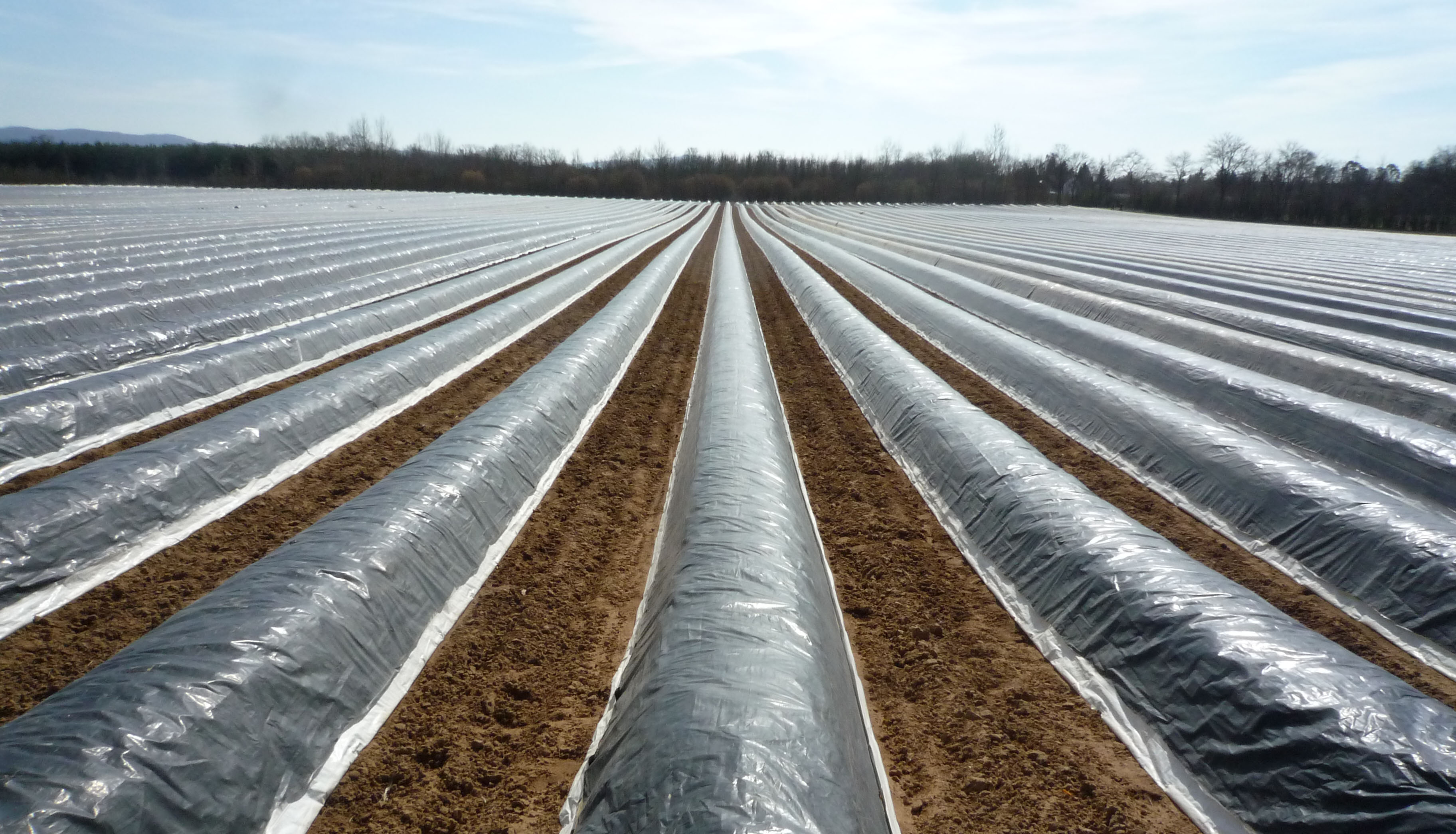Wiggle, wobble, crack! And you are on your back staring at the sky. Most of us have seen a leg on an old plastic chair break and tumble someone to the ground. It makes for a funny story to tell at the next barbecue and also vividly illustrates that the sun can break down plastics to the point of eventual failure.
Exposure to sunlight damages many materials. Ultraviolet (UV) radiation degrades plastics by breaking the constituent polymer chains into lower molecular weight fragments, causing their mechanical properties to deteriorate until, ultimately, the material becomes useless and the chair leg snaps.
Understanding why and how plastics are degraded and finding new ways to retard degradation is an extremely active research field. Functional chemicals that can screen or absorb UV light, or ‘mop’ up the free radicals and peroxides that are the products of oxidation, are frequently added to plastic formulations.
The most commonly used additives come from non-renewable, petrochemical resources, which poses a problem for anyone hoping to develop 100% bio-based and sustainable plastics. While manufacturers have a choice of sustainable base polymers, the search for sustainable functional additives continues.
Tannins are plant-based candidates for a sustainable plastic additive. In nature, the tannins, flavonoids and other macromolecules classed as polyphenolics, play a protective role in plants, preventing disease, discouraging predation and protecting against UV radiation. Tannins are derived from bark, which is cheap and widely available, and have been used in leather tanning for centuries.
The Biopolymer Network Limited has been investigating the potential of tannin to function as a UV protectant for the last ten years, and has worked on this project with biomaterial scientists at Scion, the Crown research institute that concentrates on adding value to wood, wood products and other biomaterials.
The chemists working on the project started with condensed tannins from radiata pine. The first problem they had to solve was how to add a water loving molecule to hydrophobic polymers. This was achieved by esterifying the tannins with short chain acids ranging from butyric to hexanoic acid to facilitate their incorporation into plastics. As the length of the ester chain increased, the size of the tannin particles in the plastics decreased and they were more evenly distributed.
The modified tannins were successfully mixed with different polymers, extruded and injection moulded to give composite plastics. Adding up to 3% tannin to the final product, a typical additive loading for plastics, did not significantly affect the plastics’ mechanical properties.
The plastics were also exposed to accelerated weathering, simulated by cycles of UV light and moisture. The esterified tannins provided good stability against accelerated aging in polypropylene and Bionolle™ (biodegradable polybutylene succinate adipate), and the results were comparable with those seen for a commercial UV stabiliser.
It was also important to know whether or not the presence of tannins would affect biodegradation as tannins are known to inhibit microbes and enzymes. This was checked by burying the samples in compost. After 70 days, the Bionolle samples with tannin lost 20% of their weight compared to the control samples’ 24% loss. This reassured the team that tannin addition was not affecting degradation.
Esterifying tannins to increase the ease with which they can be incorporated in plastics adds an extra step and cost to the process. The use of amphiphilic co-polymers, which essentially function as emulsifiers and reduce the energy differences between the hydrophilic tannins and hydrophobic plastics, can aid tannin dispersion and remove the need for the esterification step.
The Scion team investigated the effects of blending tannins with a range of co-polymers, which were incorporated into polyethylene films (1% tannin in final plastic). Compared with pure polyethylene, the addition of tannin once again provided protection against UV damage.
This plastic will self-destruct
Tannin added to plastics does break down with time. This can be seen with the eye as the original brown colour fades, and as mechanical properties such as strength and elongation retention decrease during accelerated weathering. The polypropylene samples with tannin and co-polymers endured 200 hours of accelerated weathering well, but after 500 hours had lost most of their strength and elongation retention, whereas the properties of a control containing a commercial stabiliser were unchanged.
A limited functional life can have advantages in products like plastic mulch, which is used widely in crop production and landscaping to supress weeds and conserve water. Millions of hectares of land are cultivated under plastic mulch worldwide every year. Removing and disposing of plastic mulch is expensive and tedious and plastics can accumulate in the soil, which can affect crop yield and become a serious environmental problem.
A plastic mulch made from biodegradable polymers with enough tannin to give UV protection over the desired life span of the plastic, then breakdown to carbon and oxygen, would remove the need to lift the mulch and dispose of it, saving money and preventing pollution. Another plus is that the brown colour of tannin-containing plastics may also help with weed suppression. Additional nutrients could even be included in films to be released slowly during break down.
Other examples in horticultural where plastics with a limited life span could be used are the protective sleeves used around trees to help their establishment, plant ties and anywhere temporary functionality is needed.
Moving towards sustainable plastics
Tannin as a UV protector in plastics ticks sustainability and functionality boxes and meets the criteria for green chemistry. Replacing synthetic polymer additives with bio-based additives from a renewable feedstocks reduces the use and production of hazardous substances and negative impacts on the environment.
The work done at Scion shows that tannins are potentially as effective at protecting and stabilising plastics as some commercially available alternatives. While more work is needed, especially around optimising combinations of different tannins and co-polymers to make them attractive commercially, fully sustainable, biodegradable plastics are one step closer.
This work was carried out with the Biopolymer Network Ltd, a collaboration between AgResearch, Plant and Food Research and Scion, with funding from MBIE.




Leave a comment